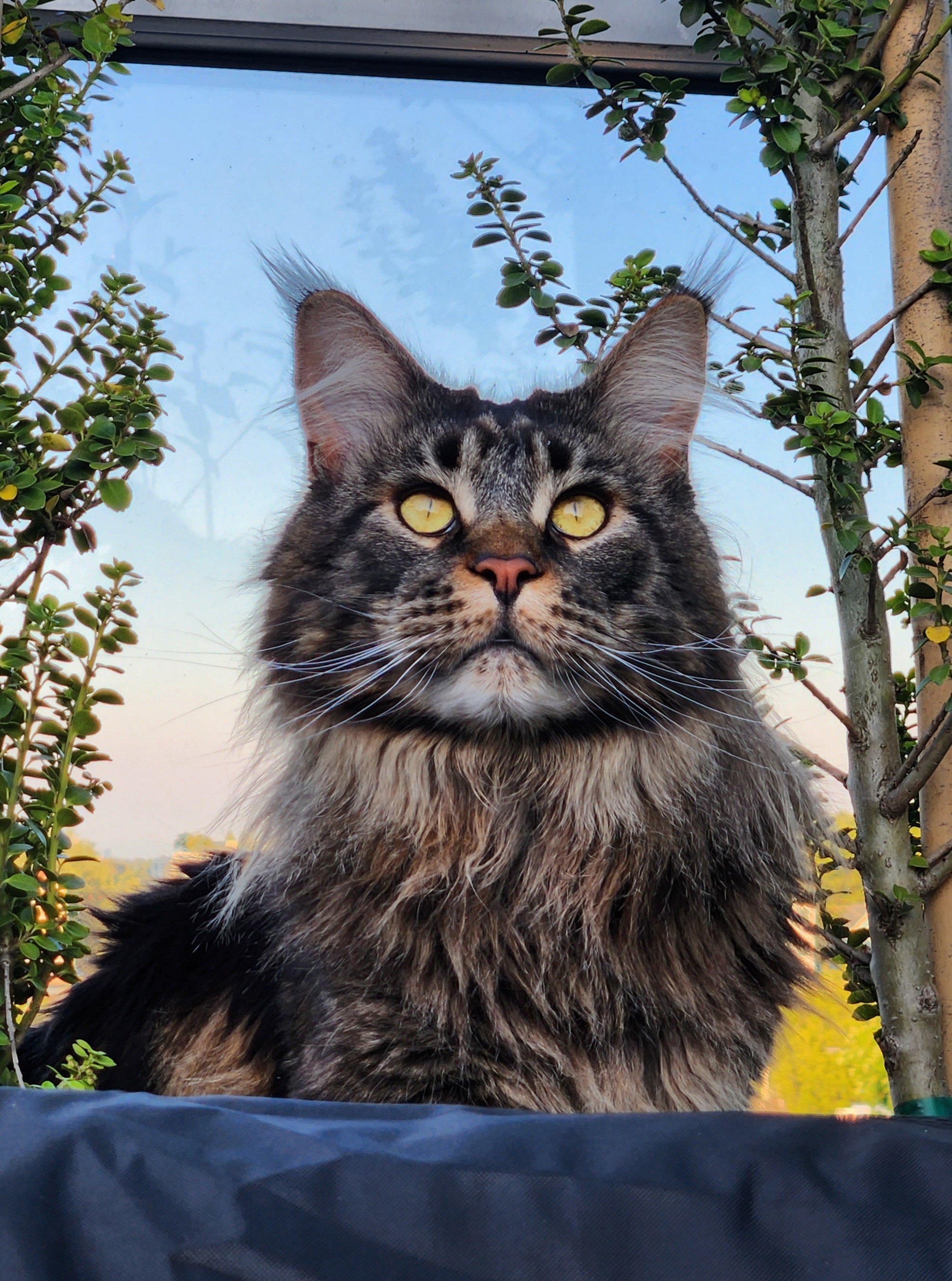Went out on a rare clear night to a wetlands near me to take some photos of the stars. As it was so dark, and the stars are so small, I had to rely on the focus peaking function of my camera to tell if the stars were in focus or not.
I’ve got home and started to process the photos, and I’ve found out that despite the camera telling me that they were in focus, they clearly weren’t.
Hey ho, what’s a wasted few hours in the freezing cold between friends…
Looks great vs. what I’d expect. Hopefully you can fine-tune next time. Wonder if you can find a place to test your camera nearby at night so you’re ready for a special occasion.
Hope you enjoyed the stars, if so nothing much wasted!
For images of objects that distant, you need to manually focus into infinity to get good results. Check of your camera app has a “pro” Mode where it lets you adjust that manually. Also, manually increasing the exposition rate helps to get starriers skies, but you need good pulse.
Assuming you have a modern digital camera, check if it has a Bluetooth phone app that lets you download images to local memory. I was able to zoom in and verify focus after my first shots, this was a major help when I tried stars.
Your camera’s focus most likely looks for hard contrast vertical lines in your picture then racks the focus through its range and looks for the sharpest transition between those contrast lines. In this picture you can see that all the vertical lines have very high and sharp contrast.
TBH, that’s significantly better than I would have expected for photos of the stars taken on a phone.
FYI stars (and anything over a few hundred feet actually) is at an infinite distance as far as your phone’s optics are concerned. So it’s not a matter of focusing, it’s a matter of trying to resolve what are effectively pinpoints of light on a black background while in your hand, where the minutest movement will smear them across the sensor.
Photographing the stars is not trivial, even with a real camera and a tripod.
But op used the word camera 3 times and the word phone 0 times…
Thanks, but this was with a real camera on a tripod 🙈🤣
I’ve done astrophotography with this camera a few times, and used to use my DSLR. I find this camera a bit more difficult to use because it’s mirrorless, and the light from the screen gives me problems seeing the stars. I have astigmatism, so it takes me a while to go from bright to dark. Because of that, I use the focus guide to make sure that the stars are in focus. For some reason, this time it’s showed them as being in focus, but they’re clearly not.
I don’t know what changed this time, but it’s bloody annoying! >.<
Sorry, I don’t know what the hell was going on that my brain interpreted your post to say you were using a phone. Thanks for not being a dick in return, even though you would have been justified 😅
These stars are millions of miles away, to your camera that essentially means infinity distant. Next time, switch to manual, and put focus on as far out as can go, then set exposure to a second or two. Trick there is really to get exposure long enough to get good light from the stars, without being so long that you get streaks from the spinning of the earth. Camera did okay though, you even got a bit of true color of the stars.
On a good number of newer automatic lenses going all the way out will take you past infinite. Best to zoom in on a bright target star, I usually use live view and zoom in on the display as well. Focus on that star and don’t touch the focus the rest of the night.
Next time, switch to manual, and put focus on as far out as can go
Unfortunately, that doesn’t work with this lens. It’s a Sony a6000 16 - 50mm kit lens, and in manual focus mode, roughly a quarter of the focus range is marked as infinity, and going all the way out goes ‘past’ the stars. They start off blurred, come in to focus, then get blurry again. I don’t know what deep space objects Sony expect people to photograph with the kit lens, but apparently they’re really far away 😝




